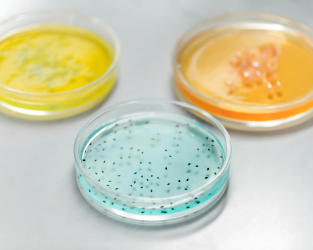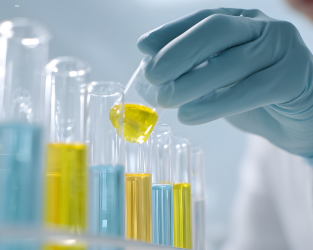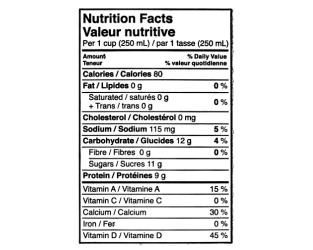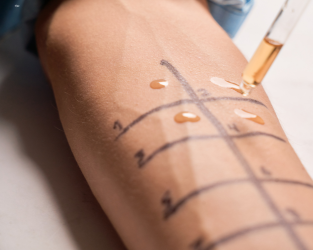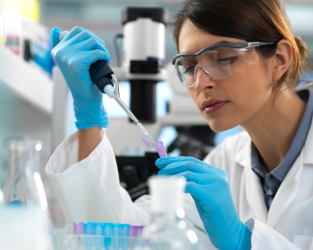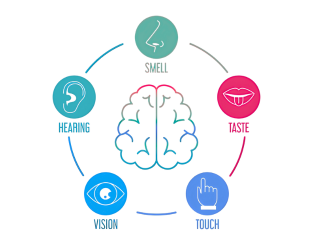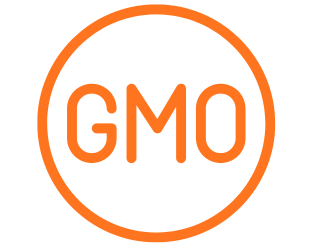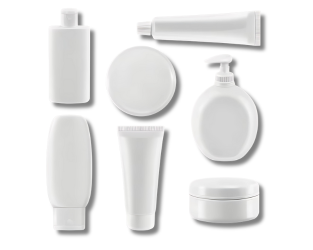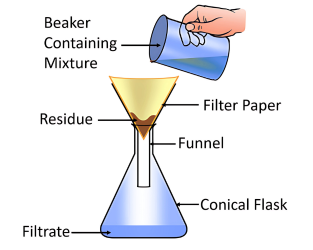1. Nutritional Validation: The truth of nutritional information contained in product labels is verified.
2. Consumer Safety: Checking for harmful toxins like pesticides, heavy metals, and pathogens (e.g., E. coli, Salmonella) which may contaminate the products.
3. Compliance with Regulations: Standards of organizations like FSSAI, Codex Alimentarius, and FDA are being met.
4. Product Shelf Life: This process sets the conditions of storage and expire dates so that buyers know when to consume a product without risking their health.
1. Food Manufacturers: They are the ones who must follow the protocols and maintain the quality of their product line.
2. Retailers and Distributors: Products are subjected to inspection by them before the launching on the market.
3. Exporters: They are the ones who fulfill the demand of the international food safety standards like Codex.
4. Importers: They are the ones that check the product’s compliance with the local government’s laws to which they will be imported.




Get an understanding of the product type and the standards that apply (e.g. FSSAI, Codex).
Pick up the food in accordance with the requirements of the laboratory.
We test it at our laboratory
Reports are being sent to them.
